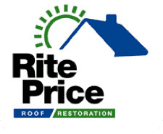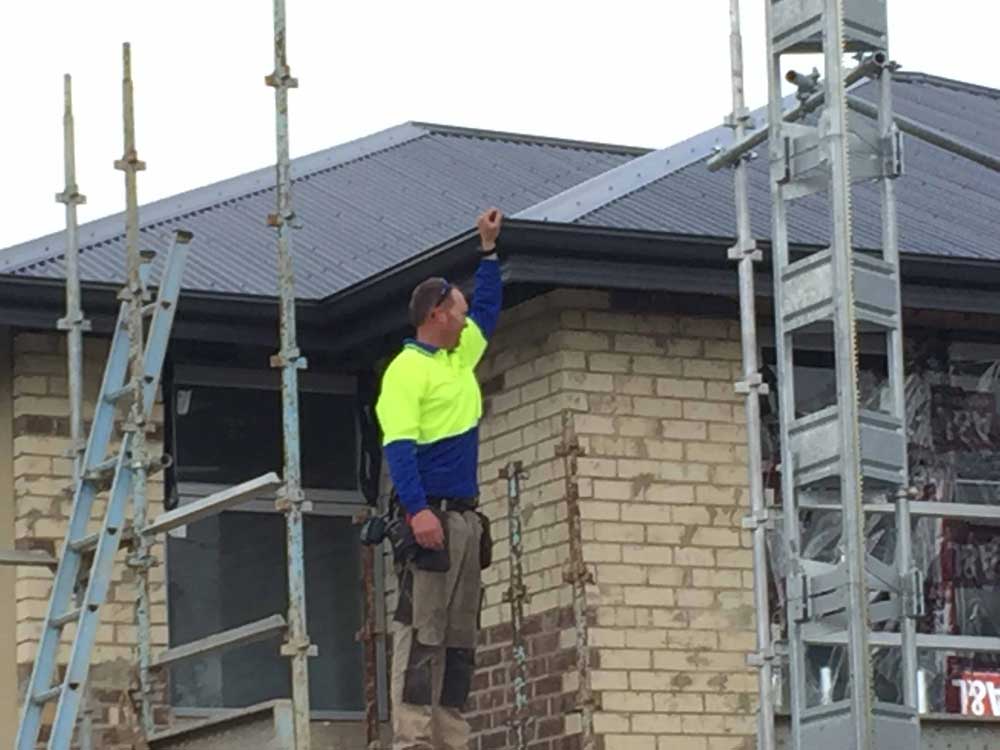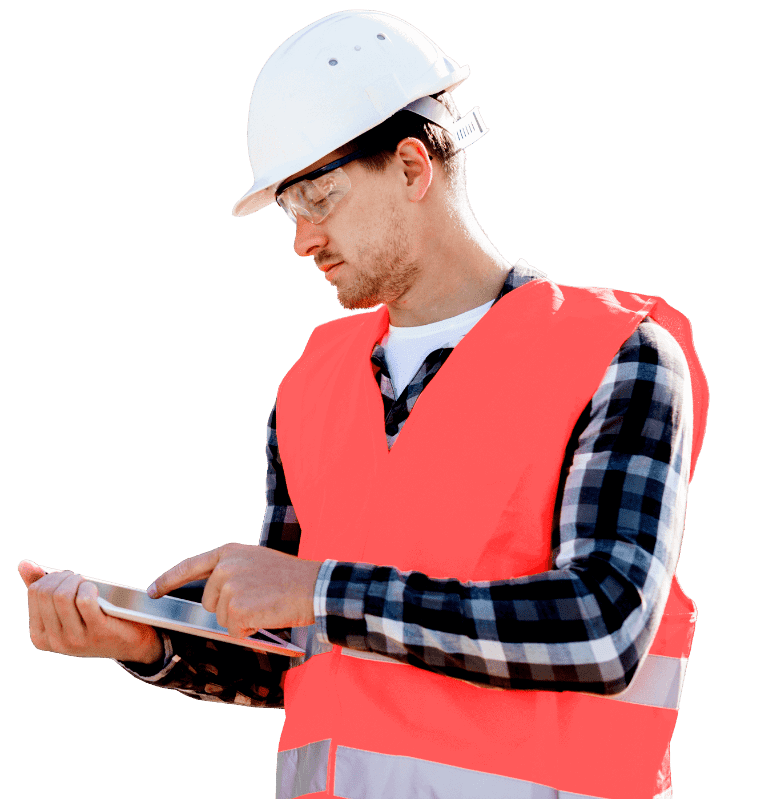Roof Restoration is Important
Roof Restoration or maintenance is one of the most neglected areas of home maintenance. Many home owners invest into other areas of their home, such as landscaping and paintwork but fail to check their roofing. This could lead to costly consequences over time.
A roof, whether it is tiled or colorbond metal, can be quite durable but due to the extreme weather conditions in Adelaide (strong winds and occasional hail), parts of the it could get damaged without our knowledge. A single damaged tile on a roof could result in water leakage into your home. And if the water gets onto electronic equipment or items that are prone to water damage, the consequences could be irreversible.
Self Maintenance – DIY Roof Restoration
So should you be taking on roof restoration yourself? It’s possible. Actually it is not a complicated process. However, it does require quite bit of work, and you will need to gain access to the top of your roof. An extended ladder would be needed and extra measures should be observed for your personal safety. For instance, strong winds could cause one to lose balance or footing, and could result in an accident.
Most home owners would prefer to engage a roof restoration company. Instead of risking personal safety and spending days on a roof in the cold wind, it’s often better to outsource this kind of work. Roof restoration companies also have special equipment, cleaning chemicals and expert tradespeople that ensure you get a professional job done.
Let’s look at what is required for roof restoration – so you can decide if it’s something you prefer to do yourself, or to outsource to a roofing company.
The 5 Step Roof Restoration Process
1. Roof Assessment
The first thing that needs to happen is to have your roof carefully assessed for damage points. This will require an end to end walk through of your roof, scanning every point for signs of damage. Generally, damages will be in the form of cracked or broken tiles, punctured metal sheets (hail damage or fallen objects), or even old tiles in danger of breaking. Leakage is also checked to see if certain spots of the roof is leaking. Photos should be taken of damaged points so that these can be systematically fixed during the repairs.
When walking on the roof, it is very important that you or the installer adorns proper safety wear, such as non-slip boots. This will ensure no accidents happen. The roof assessment process may take an hour or more, depending on the size of the roof. It is perhaps one of the most critical phase of roof restoration, as you do not want to miss out any damage points. Given that roof restoration would only be done once in 5 or 10 years.
2. Roof Cleaning
The next step is to wash out the roof with a high pressure hose. This removes years of dirt, grime and debris from the roof. It is important to ensure that the gutters are also cleared and clean. During the cleaning process, damaged points will become clearer as the dirt gets washed off.
In addition, its also a good time to check for roof leakages, as water is run over the roof. Any points where water leakage or seepage is observed should be marked or photographed, so that they can be fixed in the repair phase.
Roof cleaning is an important step as you want the roof to be absolutely clean before the chemical treatment or coating is applied.
3. Roof Repairs
This is perhaps the most critical step in the roof restoration process. Repairing a roof is a detailed process of following up on every damage point identified in the assessment stage. Broken or damaged sections of the roof are replaced with matching tiles/metal sheets, and carefully mended. Workmanship is important as poor quality work could come back to haunt you, in the form of water seepage or leaks.
Roof repair is probably the most compelling reason you would want to get a professional to handle your roof restoration works. A qualified and experienced roofing expert will be able to deliver professional results – making your roof as new.
When replacing tiles, metal roofing, special tools may be required. If you intend to DIY, ensure that you look up which tools are required and stock up on the color/type of tile or materials you require.
4. Chemical Treatment
Most roof restoration companies will coat the roof with protective coating after the repair work is completed. This increases the durability of the roof, prolonging the time before the next maintenance is required. There are different types of coating chemicals with varying degrees of effectiveness and functionality. This can include water proofing, thermal insulation, rust proofing and more. Ask your roof restoration company what type of coating they will apply for your roof.
5. Final Assessment
Once all the above steps are completed, a post job assessment should be conducted. Another walk through of the roof is essential to identify and areas that have been missed out. This final step is very important to ensure that everything is done completely and appropriately.
Have an old roof that needs restoration? Contact Rite Price Roofing today for an affordable quote. We use only the best equipment and our roofing experts have extensive experience to deliver an excellent job on each project.


